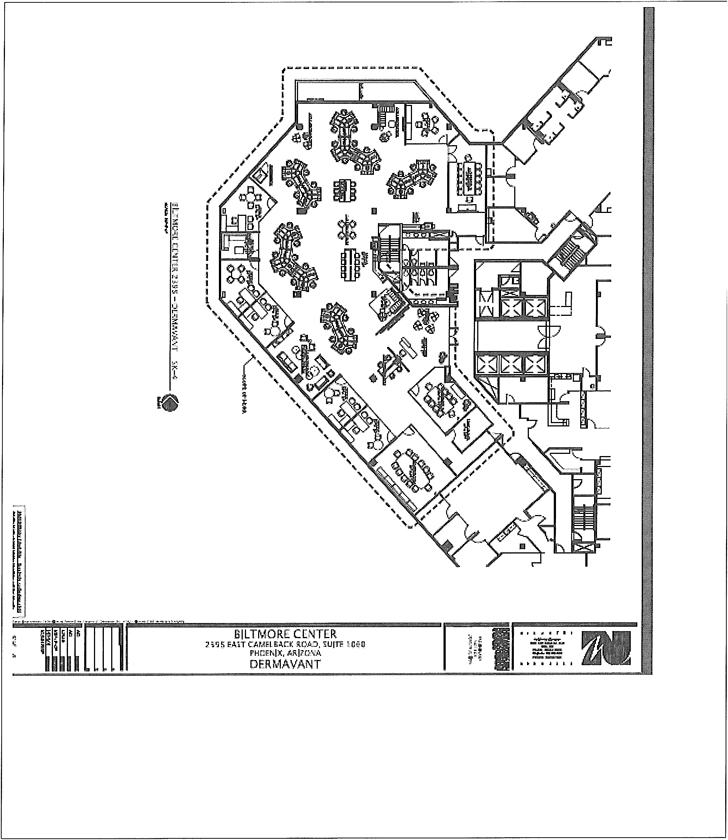(f) Tenant agrees to indemnify, defend and hold harmless the Indemnitees from and against all obligations (including removal and remedial actions), losses, claims, suits, judgments, liabilities, penalties, damages (including consequential and punitive damages), costs and expenses (including reasonable attorneys and consultants’ fees and expenses) of any kind or nature whatsoever that may at any time be incurred by, imposed on or asserted against such Indemnitees directly or indirectly, arising or resulting from (a) the presence of Hazardous Materials on the Complex which is caused or permitted by Tenant or a Tenant Party and (b) any Environmental Claim resulting or arising from Tenant’s operation or use of the Premises in violation of Environmental Law (the“Hazardous Materials Indemnified Matters”).The provisions of thisSection 25 shall survive the expiration or sooner termination of this Lease.
(g) To the extent that the undertaking in the preceding paragraph may be unenforceable because it is violative of any law or public policy, Tenant will contribute the maximum portion that it is permitted to pay and satisfy under applicable Law to the payment and satisfaction of all Hazardous Materials Indemnified Matters incurred by the Indemnitees.
(h) All sums paid and costs incurred by Landlord with respect to any Hazardous Materials Indemnified Matter shall bear interest at the Default Rate from the date so paid or incurred until reimbursed by Tenant, and all such sums and costs shall be immediately due and payable on demand.
(i)“Hazardous Materials”means: (i) petroleum or petroleum products, natural or synthetic gas, asbestos in any form that is or could become friable, urea formaldehyde foam insulation, and radon gas; (ii) any substances defined as or included in the definition of “hazardous substances,” “hazardous wastes,” “hazardous materials,” “extremely hazardous wastes,” “restricted hazardous wastes,” “toxic substances,” “toxic pollutants,” “contaminants” or “pollutants,” or words of similar import, under any applicable Environmental Law; and (iii) any other substance exposure which is regulated by any governmental authority; (b)“Environmental Law”means any federal, state or local statute, law, rule, regulation, ordinance, code, policy or rule of common law now or hereafter in effect and in each case as amended, and any judicial or administrative interpretation thereof, including any judicial or administrative order, consent decree or judgment, relating to the environment, health, safety or Hazardous Materials, including without limitation, the Comprehensive Environmental Response, Compensation, and Liability Act of 1980, 42 U.S.C. §§ 9601 et seq.; the Resource Conservation and Recovery Act, 42 U.S.C. §§ 6901 et seq.; the Hazardous Materials Transportation Act, 49 U.S.C. §§ 1801 et seq.; the Clean Water Act, 33 U.S.C. §§ 1251 et seq.; the Toxic Substances Control Act, 15 U.S.C. §§ 2601 et seq.; the Clean Air Act, 42 U.S.C. §§ 7401 et seq.; the Safe Drinking Water Act, 42 U.S.C. §§ 300f et seq.; the Atomic Energy Act, 42 U.S.C. §§ 2011 et seq.; the Federal Insecticide, Fungicide and Rodenticide Act, 7 U.S.C. §§ 136 et seq.; the Occupational Safety and Health Act, 29 U.S.C. §§ 651 et seq.; (c)“Environmental Claims”means any and all administrative, regulatory or judicial actions, suits, demands, demand letters, claims, liens, notices ofnon-compliance or violation, investigations, proceedings, consent orders or consent agreements relating in any way to any Environmental Law or any environmental permit, including without limitation (i) any and all Environmental Claims by governmental or regulatory authorities for enforcement, cleanup, removal, response, remedial or other actions or damages pursuant to any applicable Environmental Law and (ii) any and all Environmental Claims by any third party seeking damages, contribution, indemnification, cost recovery, compensation or injunctive relief resulting from Hazardous Materials or arising from alleged injury or threat of injury to health, safety or the environment.
30

